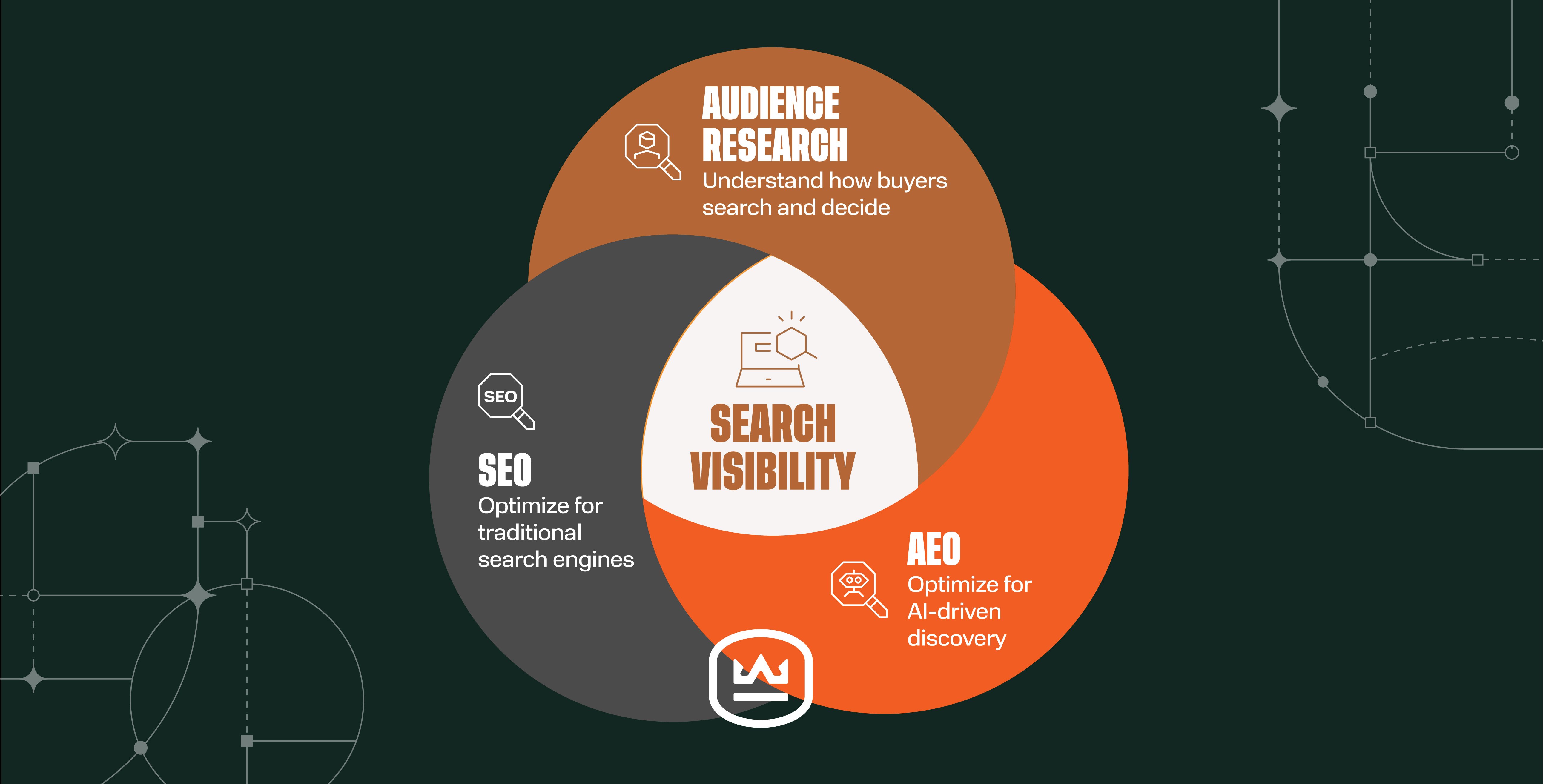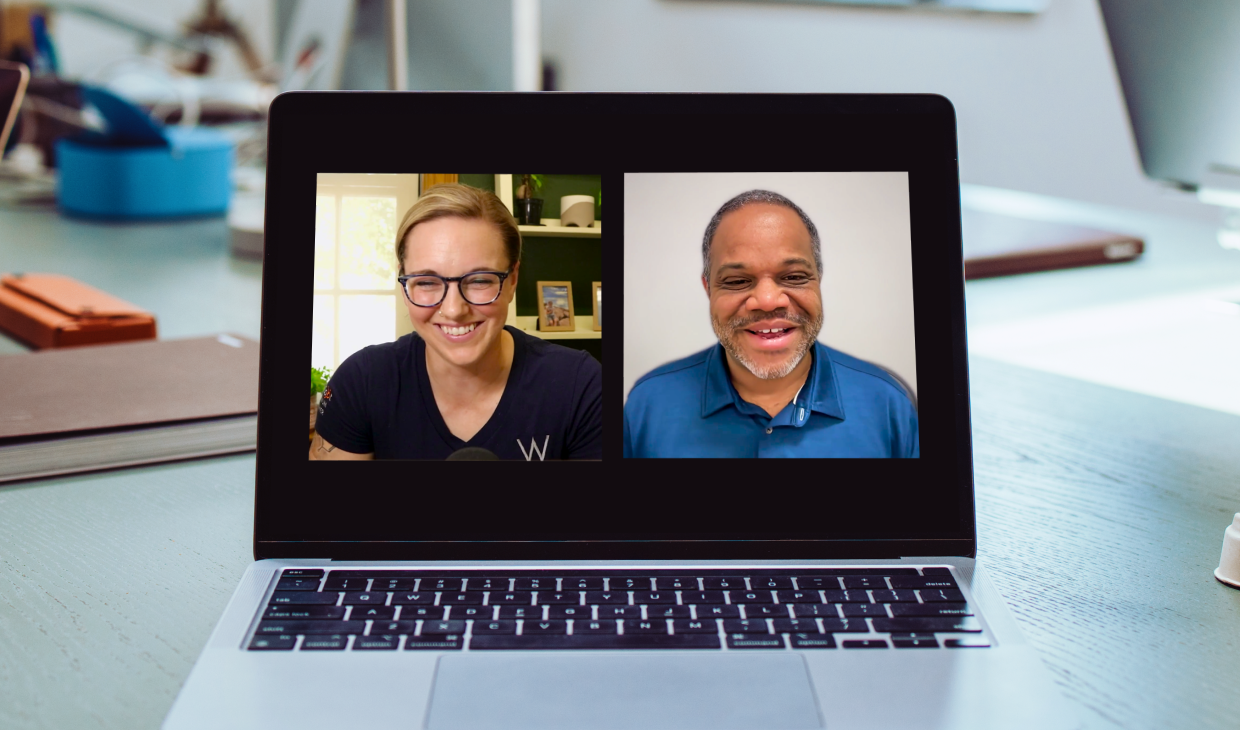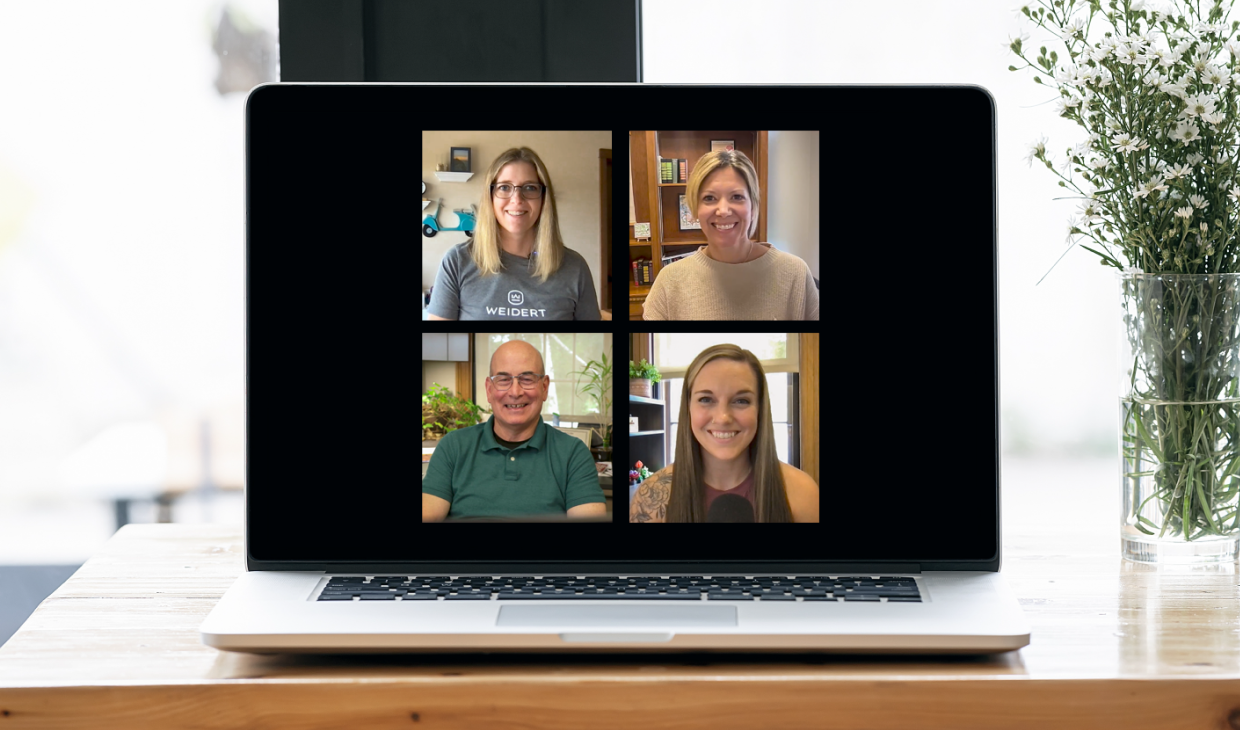INBOUND 2024: How AI, Search, and Human Connection are Reshaping Industrial Marketing
Written by
Among marketers, B2Bs and industrials aren’t typically the earliest adopters of emerging trends and technologies. Conventional wisdom has often seen consumer marketing as the vanguard of innovation, with B2B eventually following suit — sometimes years later.
For me, our team’s annual trip to INBOUND really challenged this notion, revealing a landscape where industrial marketers have an opportunity to do more than just keep pace. New trends in search, online user behaviors, and AI-driven advancements point to new ways industrial brands can transform their approaches for better results.
We came back brimming with ideas about how we can put these insights to work for ourselves and our clients, and we couldn’t wait to share them with you on our latest episode of The ChangeOver Podcast.
In this special edition, Chelsea and I sat down to review key themes, trends, and strategies that are set to reshape the industrial marketing landscape. From the integration of generative AI in our daily tasks to the evolving nature of search and the renewed importance of human connection, we've got a lot to unpack. So read on, or dive right into the podcast!
Generative AI: Your New Favorite Marketing Assistant
One of the most prominent themes at INBOUND was the integration of AI in marketing processes. But we’re not just talking about LLMs like ChatGPT or Claude anymore—we’re looking at increasingly sophisticated AI agents that can transform how we approach our daily tasks.
AI Agents: Ready to Transform Your Marketing Workflows
AI agents are pre-trained models designed to perform specific tasks. Think of them as your personal marketing assistants, capable of everything from generating meeting prep documents to conducting keyword research.
As Chelsea put it, implementing AI agents takes away some of the guesswork, and enables marketing leaders to fast-forward through the earliest stages of AI transformation. We just went from asking, “What can AI help me with?” to “Oh! AI can do that for me.”
The key takeaway? AI isn’t here to replace humans, but it’s a particularly empowering set of tools. By automating the execution of routine tasks, AI agents will free up marketers to focus on strategy and creativity — areas where human insight and judgment are irreplaceable.
The Changing Face of Search
If you’ve noticed a dip in your website traffic lately, you’re far from alone. We learned at INBOUND that search volume is predicted to drop by 25% over the next year and a half. This shift is pushing us to rethink our approach to SEO and content strategy — and it should be pushing you to do the same.
Beyond Google: The Rise of Alternative Platforms
Users are increasingly turning to platforms like YouTube, Reddit, and niche trade publication and event websites for information. Why? Because they’re looking for authentic, human, experience-driven insights over polished brand messages.
For industrial marketers, this means two things:
- Content distribution channels need to become much more diversified, and messaging needs to be customized to resonate with users on those platforms.
- The humans behind the business are the true power behind your brand, and your content needs to showcase their individual expertise — and personalities.
Humans Over Brands: The New Marketing Mantra
Ready or not, we’ve clearly entered the age of AI and automation. It just got a lot faster and easier to generate commodity-level, informative content that’s a mashup of everything already out there. At the same time, searchers asking LLMs are likely to get the same answers they’d find in all that commodity content — so creating copycat content is a waste of resources, even (or especially) if it takes just seconds to churn out those how-to blogs and listicles.
What can’t AI-assisted search deliver that you can? Distinctive, perspective-driven content that truly adds to the conversation. And that’s the strength of human-created content.
As Chelsea put it, marketing strategies need to shine a spotlight on the people behind the business. Showcase their expertise and experience, and help them rise to the level of subject matter expert (SME) within your industry, and work with them to use their own individual accounts on social and industry platforms to be an integrated part of the overall marketing strategy.
This shift is particularly evident in social media strategies. Instead of using company profiles for mere amplification, we’re seeing a trend toward individual thought leadership. Employees, especially SMEs, are becoming the faces and voices of successful industrial brands.
Rethinking Content Strategy
One of my biggest takeaways from INBOUND was the need to transform the content ideation process. Instead of starting with platform requirements or SEO goals, we need to put our audience first. As Chelsea put it, we need to figure out how to do this differently. How are we even coming up with what to write about in the first place?
This observation highlights a crucial shift: Traditionally, we've been focused on creating content that performs well on specific platforms including search engines. While this approach isn’t inherently wrong, it often misses a crucial element: putting the audience first.
To address this, Chelsea suggested a fundamental change in content ideation processes:
- Enhance audience intelligence: Beef up your insights into your audience’s world. Understanding their searches and pain points is critical, but so is getting to know whom they follow online, where they get their information, and how they see themselves. Knowing that these insights change and evolve, how will you keep your personas and buyers’ journeys evolving along with them? (Hint: AI tools can help you monitor trends and topics to stay current.)
- Implement ongoing feedback systems: Monitoring, measuring, and reporting are obviously still crucial, but so are social listening, engaging in industry forums, conducting regular customer interviews, analyzing support ticket themes, and leveraging AI-powered sentiment analysis tools.
- Stay current with audience concerns: Diverse feedback channels provide a more holistic and real-time understanding of your audience's evolving needs, challenges, and interests, allowing you to continually refine your content strategy and stay ahead of emerging trends in your industry.
- Adapt content distribution strategically: Once you’ve identified topics based on audience needs, interests, and preferences, tailor your distribution approach. Where do they consume content, and what do they prefer to engage with? Create multiple content pieces on the topic, customized for the platforms your audience frequents, so when they encounter it out in the world, it will resonate in a natural way.
This approach represents a departure from starting with platform considerations and then trying to force content to fit into their frameworks. By prioritizing audience needs and interests, industrial marketers can create more relevant, engaging content that resonates with their target market, regardless of the platform.
The Power of Unified Data
Finally, we can’t ignore the role of data in modern marketing strategies. Unified data was a buzzword at INBOUND, and for good reason. With clean, integrated data, we can achieve better insights from the information that’s uniquely ours, as well as personalization at scale — which is increasingly important in the B2B space.
HubSpot shared an impressive case study revealing the power of data-driven personalization: a 2% increase in conversions through personalized content. In the B2B world, where deals are often high-value and low-volume, this 2% could represent a significant increase in conversions from your website (since the typical session-to-contact conversion rate is often under 5%) and translate to millions in revenue.
Unified data doesn’t just improve marketing metrics; it transforms your ability to understand and predict customer behavior, tailor your approach to complex buying cycles, and ultimately, drive significant bottom-line growth.
What It All Means for Industrial Marketers
As we navigate the changes ahead, here are some key actions to start on right now:
- Explore AI agents: Start small by integrating one AI-powered task into your workflow.
- Diversify your content distribution: Look beyond traditional search engines to platforms where your audience is actively engaging.
- Humanize your brand: Encourage thought leadership from your team members and showcase the people behind your products.
- Revamp your content strategy: Start with audience needs and insights, then tailor your approach to different platforms.
- Invest in data unification: Clean, integrated data is the foundation for personalized, effective marketing campaigns.
The marketing landscape is evolving fast, but with these insights, you're well-equipped to stay ahead of the curve. Remember, it’s not about choosing between AI and human touch — it’s about finding the perfect balance between the two.
Our experiences at INBOUND 2024 are already shifting the way we work. If you’re ready to adapt and thrive amid the change, watch or listen to this episode, and subscribe to make sure you never miss an update.
Subscribe To Our Blog
Information. Insights. Ideas. Get notified every time a new Weidert Group blog article is published – subscribe now!
You May Also Like...

Search Engine Optimization
SEO Isn’t Dead. It’s Evolving: How B2Bs Can Stay Visible in the Age of AI

Search Engine Optimization
Zero-Click Search and the New Reality: Navigating Changes in Buyer Behavior

Inbound Marketing
What INBOUND 2025 Taught Us About AI, Search & the New B2B Buyer
Accelerate Your Growth with
Weidert Group
If you’re ready to explore a partnership, request a personalized consultation with our team.

